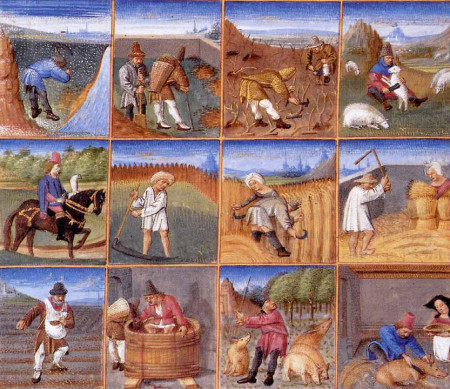I really look forward to receiving Fresh, the AVRDC Newsletter, every month. There’s always at least one thing of interest, which is all you can ask for in a newsletter. I would prefer that clicking on a link in the email alert took me to the full online version of the article I want to read, rather than to a big pdf to download and wade through, but I won’t quibble.

The article that caught my eye on this occasion was this one:
The creation of a new global electronic certification system that will help curb the spread of plant pests and diseases through international trade in a more secure and cost-effective way has been approved by representatives from 181 countries.
The Commission on Phytosanitary Measures (CPM), the governing body of the International Plant Protection Convention (IPPC), agreed in March 2015 to develop a global system of electronic phytosanitary certificates, known as ePhyto. The complex, bureaucratic process whereby millions of paper phytosanitary certificates are created, printed, and exchanged between countries each year will eventually be replaced by this online system. The current paper certificates serve to reassure importers that plant products, including food, have been inspected and found to be free of pests that could devastate local economies by harming agriculture or the environment.
ePhyto is expected to simplify and reduce the cost of global trade, increase the ability of countries to identify items that pose a high risk, and reduce the potential for fraud. The CPM endorsed a request to the Standards and Trade Development Facility of the World Trade Organization (WTO) to provide funds for the initial establishment of ePhyto.
The IPPC is also planning a pilot project to build capacity in developing countries to enable them to join ePhyto on a gradual basis. Several countries are already using some form of electronic certification, including Australia, Canada, Kenya, the Republic of Korea, the Netherlands, New Zealand and the United States.
Will be interesting to see if this makes life any easier for genebanks distributing germplasm. And I wonder whether we’ll eventually see integration of this system with that of the SMTA.
But anyway, don’t let me stop you reading the whole newsletter. There’s other fun stuff in there, for example a story about a new African eggplant variety that’s making quite a splash.


